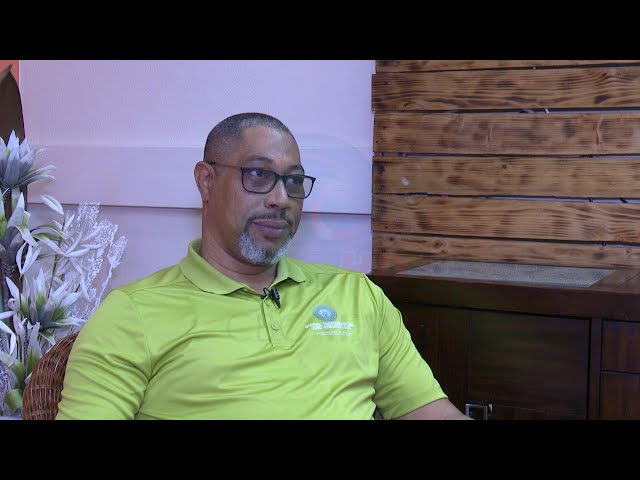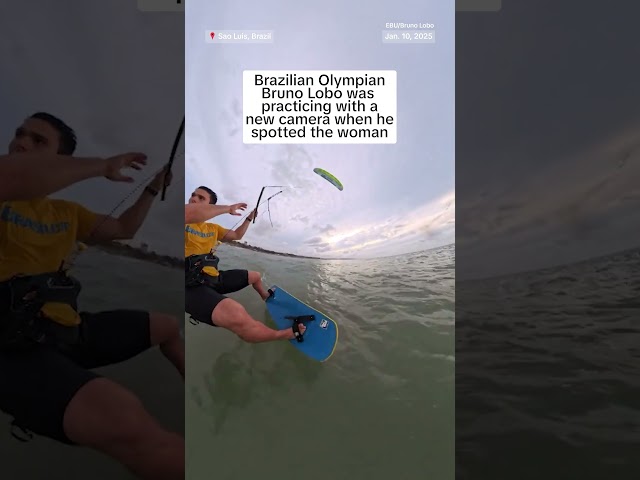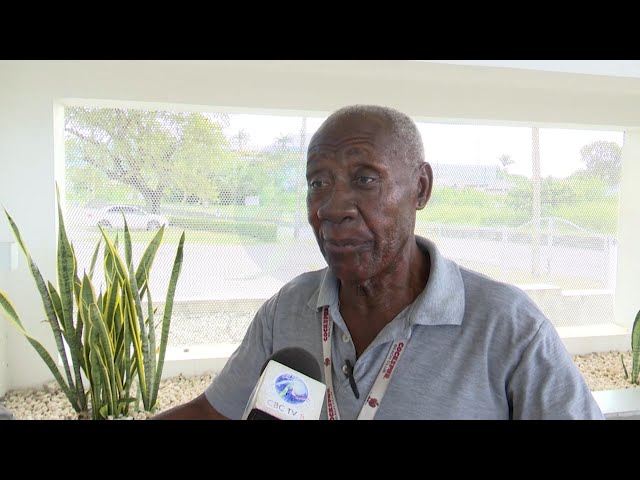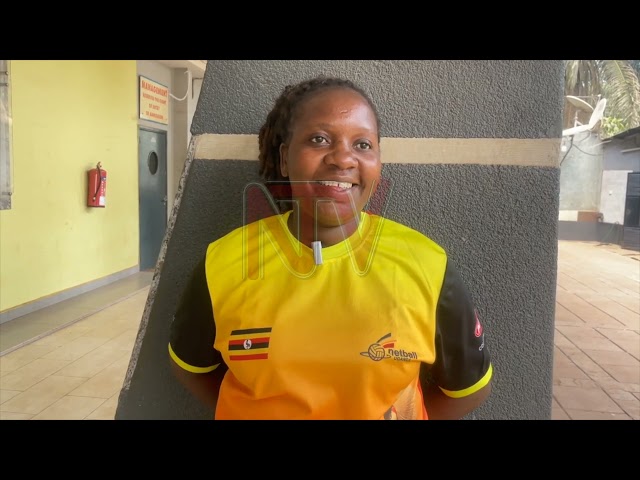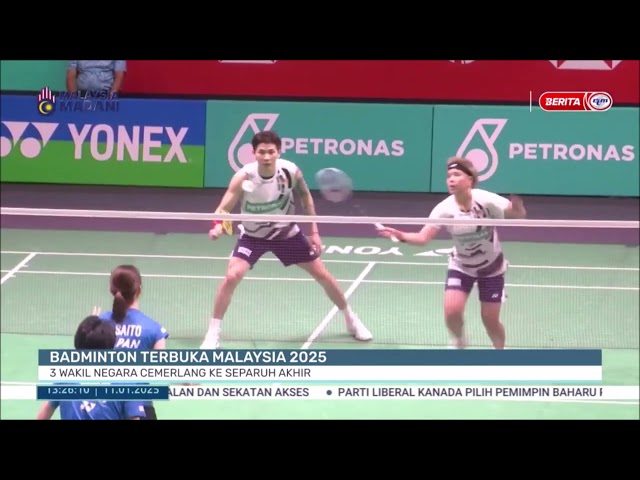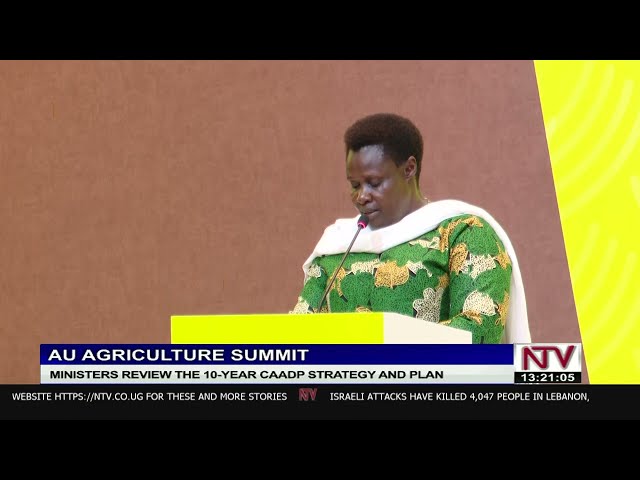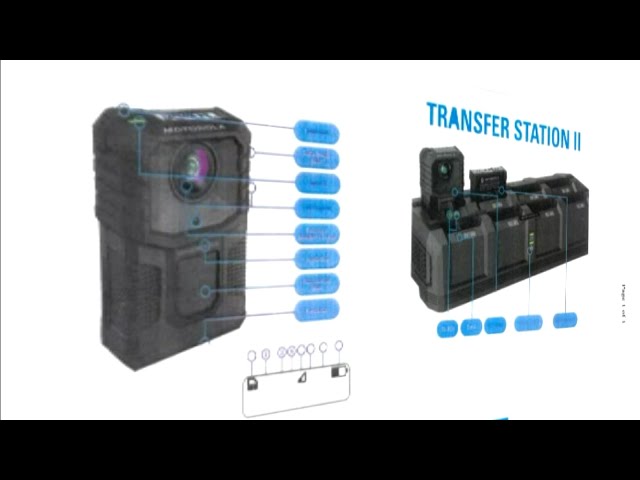U.S. Olympic badminton player tries out AI-assisted training program at CES
A Taiwanese technology company has developed an AI-assisted program aimed at helping badminton players finesse their game on the court. The training program - developed by Taiwan's Industrial Technology Research Institute (ITRI) - combines high-speed cameras and a powerful AI chip to provide instantaneous statistical feedback and motion imagery for the player. U.S. Olympic badminton player Howard Shu tried out the program on Tuesday (January 7) for the first time at CES 2025 in Las Vegas. "It's really cool obviously to see it come out of the machine and kind of give me some data and output that the human eye otherwise wouldn't be able to catch on," Shu said. The ITRI set up a mini court on the CES showroom floor with the cameras in the corner to capture players smashing the shuttles. A screen nearby presented the speed of the smash, height of where it would have crossed over the net, and where it would land. Another screen outside showed the body movement of the players as they hit the shuttles. Chin-Hung Wang, a division director at ITRI who developed the project over the past two years, said it is about providing helpful data and information so players can adjust their game and further develop their skills. Having started with badminton, Wang said the technology could easily be transferred to other sports like tennis and table tennis. Shu, who competed in the Rio 2016 Olympics and the Paris 2024 Olympics, said he's excited about the future of AI in sports. "I'm excited to see where it goes because we've kind of seen in other sports right now how technical they're getting in progressing with technology. I like to use golf as an example. You see how technical and how meticulous with how their players are with ball spin, ball speed, height, curvature, right? And so I think those are types of things we will start to see assimilate in racket sports as well," he said. (Production: Nathan Frandino)



